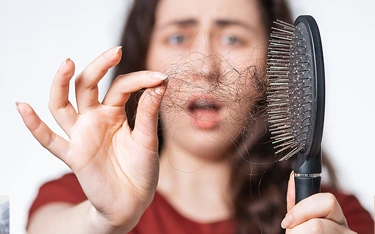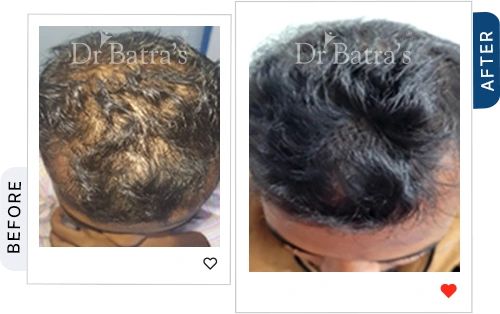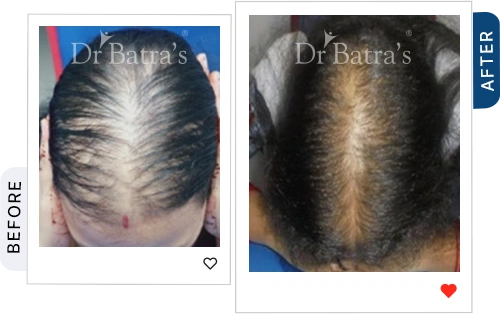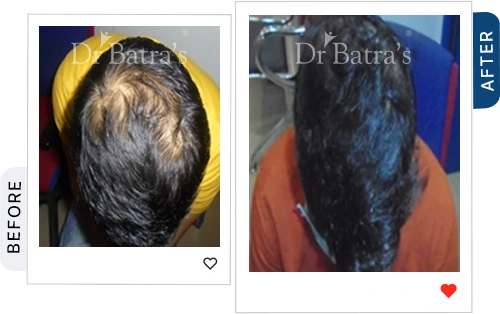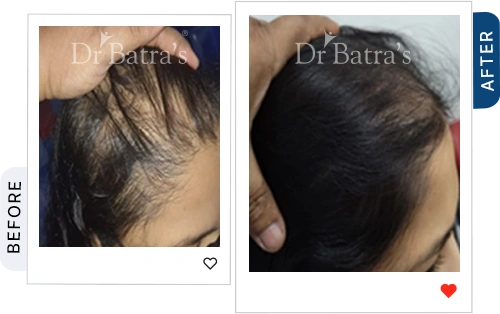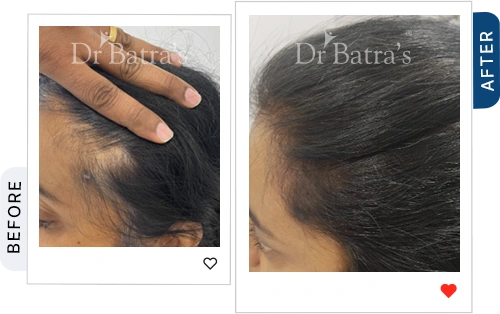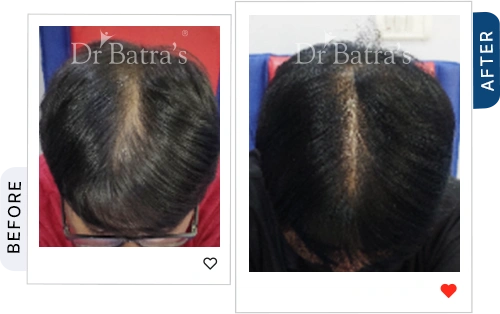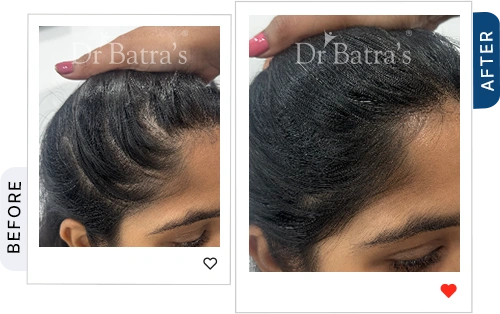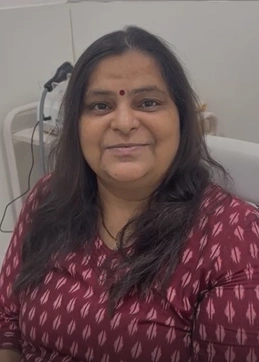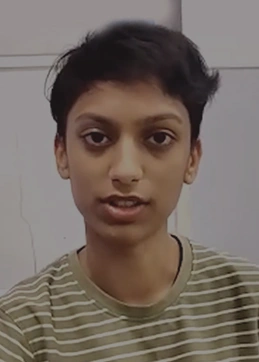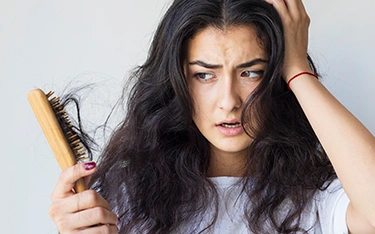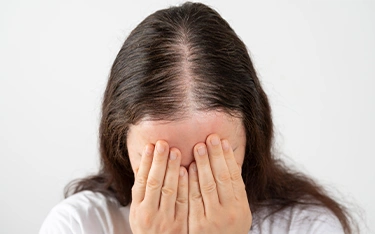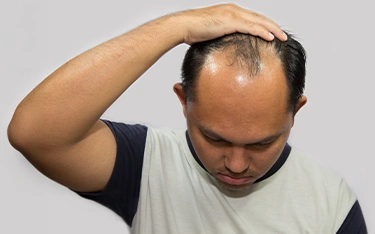FAQs
Androgenetic alopecia, also known as male or female pattern baldness, is the most common form of hair loss.
Stress-induced hair loss (telogen effluvium) is usually temporary but may become long-term if not properly managed.
Sudden bald patches on the scalp or other areas may indicate alopecia areata. A dermatologist can confirm the diagnosis.
Homeopathy aims to treat hair loss by addressing its underlying cause, offering a holistic approach with varying results.
Hair grows in three stages: Anagen (active growth, 3-7 years), Catagen (transitional, 3 months), and Telogen (resting, hair shedding). Once hair falls out, the cycle restarts with new growth in the anagen phase
Traction alopecia results from frequent hair pulling due to tight hairstyles like braids or ponytails. To prevent irreversible damage, opt for looser styles and reduce scalp tension
The medical term for pattern baldness is androgenic alopecia, a hereditary condition affecting both men and women.
Androgenic alopecia is another term for pattern baldness, which causes gradual hair thinning over time
A dermatologist can diagnose hair loss by examining your scalp, conducting tests, and reviewing your medical history to provide personalised treatment options.
There’s no cure, but treatments like Minoxidil, Finasteride, and hair transplants can slow progression and encourage regrowth in early-stage baldness.
Losing more than 100 hairs daily or experiencing visible thinning may indicate excessive hair loss, requiring a medical evaluation.
